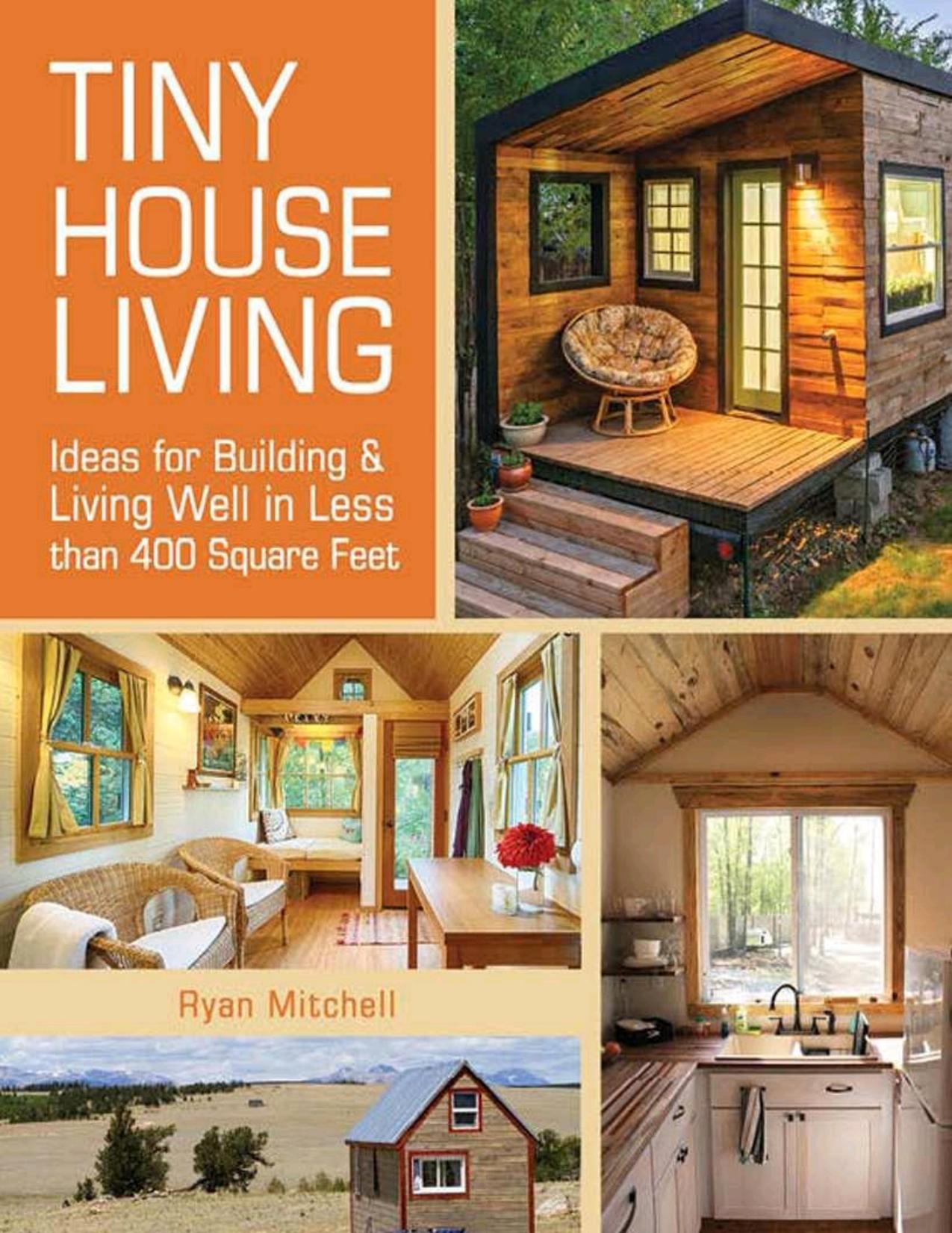Tiny House Living: Ideas For Building and Living Well In Less than 400 Square Feet by Ryan Mitchell

Author:Ryan Mitchell
Language: eng
Format: mobi, epub, azw3, pdf
Publisher: Betterway Home
Published: 2014-06-15T22:00:00+00:00
guest bedroom
living room
formal dining room
rooms to “grow into”
Outlier activities are those things that you do very seldom. In the case of a guest bedroom, unless you have guests staying with you every weekend, why have a whole room for the few nights a year someone visits you? When you determine your needs, it’s important to distinguish between everyday activities and outlier activities. If there is an outlier that you really want to incorporate, consider other creative solutions.
For example, if you have guests only a few nights a year, consider having a futon that you can dress up with nice linens, or even put your guests up in a hotel. My favorite solution is to suggest, “Instead of coming here, let’s all go to the mountains or the beach. Let’s make it a trip.” So you can see, there are quite a few solutions to consider. It just takes some creative thinking.
THE PITFALLS OF RESALE VALUE
When it comes to building your tiny house, plan on not being able to resell it. If you are able to—down the line—great. If not, no harm. It is a relatively small investment anyway. The best piece of advice I received when building my tiny house was to build it for me, for my needs, and for my life. This is important because it is such a small space; it really needs to be custom-built to suit your needs. To have it any other way is really going to hamper your life in the tiny home and the impact will be significant.
A way many tiny houses are customized is through our hobbies and careers. More and more people are working from home. And there may be storage needs for the items you need to do your hobby; you may even do the hobby in the home. Consider your needs in these areas carefully and remember to seek out creative solutions in order to save space. For example, you can find another space in which to do your hobby. If you love to play tennis, consider joining a tennis club where the locker room lets you keep your equipment in your locker. If you work from home, consider using coffee shops or co-working spaces to meet the needs of your professional career instead of jamming it all into your tiny house.
Another really great resource to consider when determining your needs is the book A Pattern Language by Christopher Alexander. In this book, Alexander visits hundreds of homes across many cultures and countries to determine a universal set of needs that a home serves. It’s an interesting study of the true needs of humans because it considers many types of lifestyles and bridges cultural gaps.
Developing a Plan
After you have fully explored your needs, it is time to use them to determine the design. I see lots of people who love a certain house plan or certain look but neglect to consider how their needs will be met—or won’t be met—by that house. It is for these reasons I have people first identify their needs, and then determine the design.
Download
Tiny House Living: Ideas For Building and Living Well In Less than 400 Square Feet by Ryan Mitchell.epub
Tiny House Living: Ideas For Building and Living Well In Less than 400 Square Feet by Ryan Mitchell.azw3
Tiny House Living: Ideas For Building and Living Well In Less than 400 Square Feet by Ryan Mitchell.pdf
This site does not store any files on its server. We only index and link to content provided by other sites. Please contact the content providers to delete copyright contents if any and email us, we'll remove relevant links or contents immediately.
The Body: A Guide for Occupants by Bill Bryson(4974)
Audition by Ryu Murakami(4850)
Adulting by Kelly Williams Brown(4487)
Housekeeping by Marilynne Robinson(4347)
Be in a Treehouse by Pete Nelson(3947)
Zero Waste Home by Bea Johnson(3777)
Seriously... I'm Kidding by Ellen DeGeneres(3577)
Better Homes and Gardens New Cookbook by Better Homes & Gardens(3525)
The Healing Self by Deepak Chopra(3474)
Barkskins by Annie Proulx(3313)
Hedgerow by John Wright(3276)
The Cellar by Natasha Preston(3261)
Spark Joy by Marie Kondo(3249)
The Genius of Japanese Carpentry by Azby Brown(3224)
The Life-Changing Magic Of Tidying Up- The Japanese Art Of Decluttering And Organizing (v5.0) by Marie Kondo(3211)
120 Days of Sodom by Marquis de Sade(3180)
Work Clean by Dan Charnas(3048)
The Book of Numbers by Peter Bentley(2912)
A Monk's Guide to a Clean House and Mind by Shoukei Matsumoto(2868)
